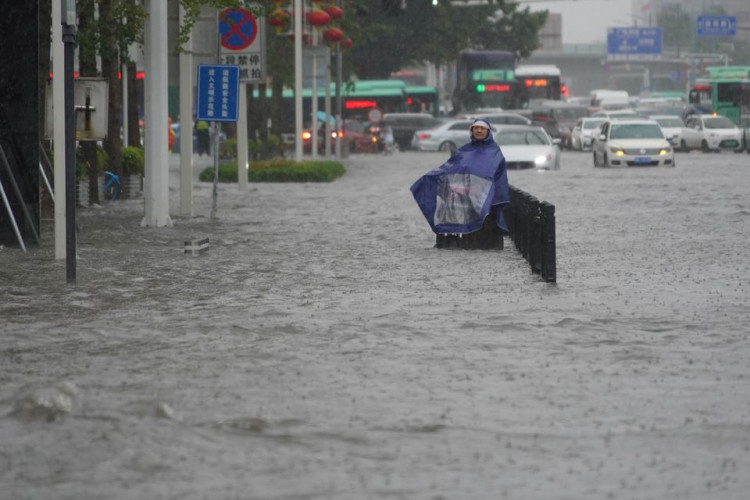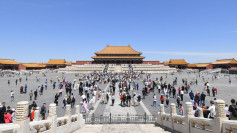More than 40,000 residents have been evacuated from Rongjiang city in Guizhou province after a second wave of intense rainfall submerged large parts of the region, authorities said Saturday, as China grapples with some of the most extreme flooding in decades. The deluge, which has already claimed six lives, marks another escalation in the country's annual flood crisis, now increasingly linked to climate change.
Guizhou's provincial government raised its flood emergency alert to the highest level after water levels rose alarmingly fast. The hydrological station near Rongjiang warned that one river's peak would reach 253.50 meters-exceeding the danger threshold by two meters-by 5 p.m. Saturday, according to state broadcaster CCTV.
Earlier this week, water levels in the region peaked at 256.7 meters, the highest since 1954. Officials attributed the escalation to what they termed "the extreme climate," citing the city's 72-hour rainfall, which doubled its average for the month of June.
Rongjiang, home to 300,000 residents and located at the confluence of three rivers, was inundated earlier this week and remains under water. Once a symbol of China's rural development success, the city had seen a spike in tourism thanks to the grassroots soccer sensation dubbed the "Village Super League." Now, its stadium is submerged under seven meters of water.
The government's Ministry of Water Resources said 13 rivers across southern provinces-including Yunnan, Guangxi, and Hainan-had breached warning levels in the past 48 hours, with flooding described as once-in-50-year events by local meteorologists.
In response to the growing toll, Beijing has updated its national flood control compensation system. Under new regulations, the central government will now shoulder 70% of financial aid for flood diversion zones-areas deliberately flooded to protect downstream cities. The remainder will be covered by local governments. Previously, the cost-sharing was based on the financial status and assessed damage of individual localities.
Flood diversion has long been a tool in China's water management strategy, but recent years have seen rising tensions over the human and economic toll. In 2023, nearly 1 million people were displaced in Hebei province when eight designated flood zones were activated to spare Beijing from record rainfall. The resulting destruction to homes and cropland sparked widespread public anger.
The China Meteorological Administration reported Friday that rainfall in parts of the Yangtze River basin-home to one-third of the national population-has been up to double the seasonal average. Rainfall records for June have been shattered across multiple provinces, including Guizhou and Hubei.






